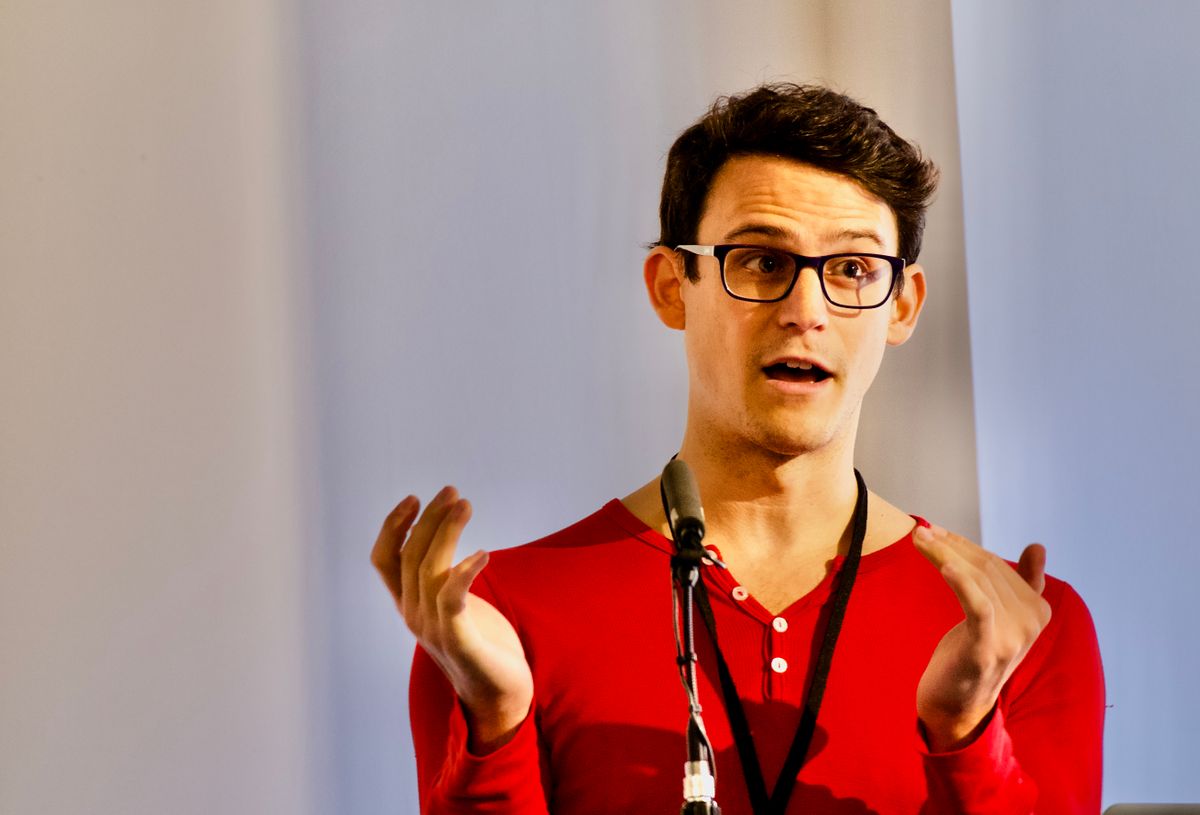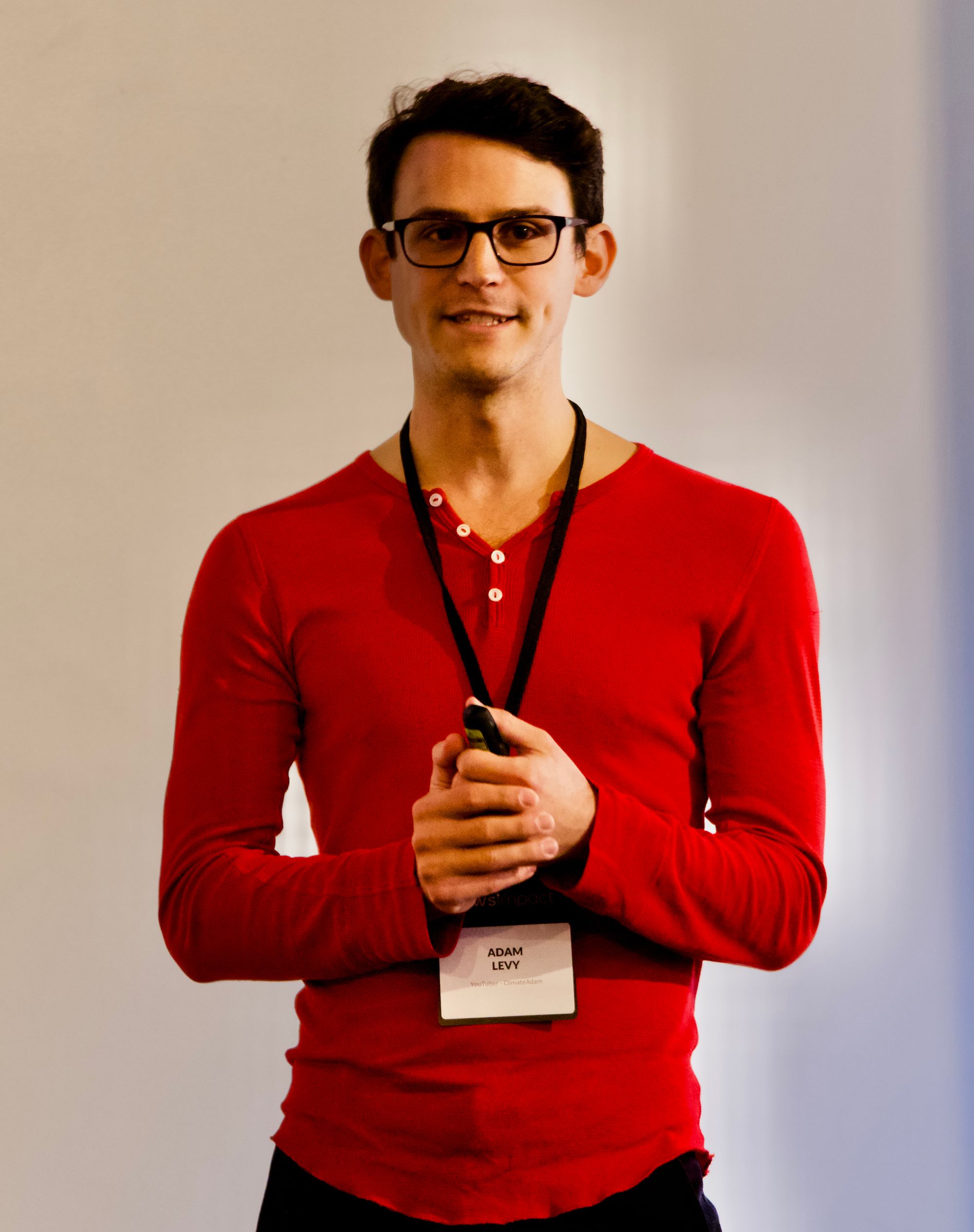ClimateAdam: Humanising the Climate Crisis story
Adam Levy is a science journalist who has turned to YouTube to tell the climate crisis story. Here’s why.

Liveblogged notes from the News Impact Summit on Climate Crisis reporting. prone to error, inaccuracy and howling crimes against grammar and syntax.
How do you combine climate science and climate journalism?
Adam Levy has a PhD in climate science, and is a science journalism, with three years at Nature under his belt.
He hadn’t studied climate science until he started his doctorate - but he felt the biggest gaps were between the existing research, and both the public conversations and the policy discussions around the climate. Scientists can get bogged down in the details, but we need to ask what the point of the research is.
Science and journalism perform different but incredibly complimentary roles. Science answers questions, journalism contextualises those answers. Journalism is human in a way that physical sciences can’t be.
For example, research found that the July heatwave was made 100 time more likely by climate change. But what does that mean? What does it feel like? Who will be most impacted by that? These questions are the job of journalists.
Fantastic talk by @climateadam for any journalism student. He gives the example of research finding that climate change made heatwave 100 times more likely - journalists need to tell us "What does it mean? What did it feel like? What are the impacts?" #NISBHX https://t.co/pzprjfs6g2
— Paul Bradshaw (@paulbradshaw) October 7, 2019
Humanising the climate crisis story

Climate change is everywhere: from the top of mountains to the bottom of oceans. When it’s everywhere it can feel amorphous. Journalism can makes it feel local and relatable.
Climate scientists are unique sources - they are impacted themselves by the things they are investigating. We need to tell as many kinds of stories about this as we can. Podcasts, writing, TV - and YouTube, Adam’s medium of choice.
He started his channel during his PHD, because the media landscape has changed. Social media is a primary source of information for many people. If you’re going to use social media, you should excel - use the language of the platform. YouTube videos are human, self-aware and snappy. They’re humerus without being trivialising. Adam aims never to make light of climate change. he does make fun of himself - and that makes it feel less like a lecture, like you're talking down to your audience.
Read the comments
He does read his comments - although sometimes he wishes he hadn't - but there are often valuable things in there. People’s level of emotional engagement and desire for information is incredible.
But not everyone should start a YouTube channel - but find your way of telling the stories.





